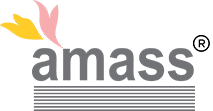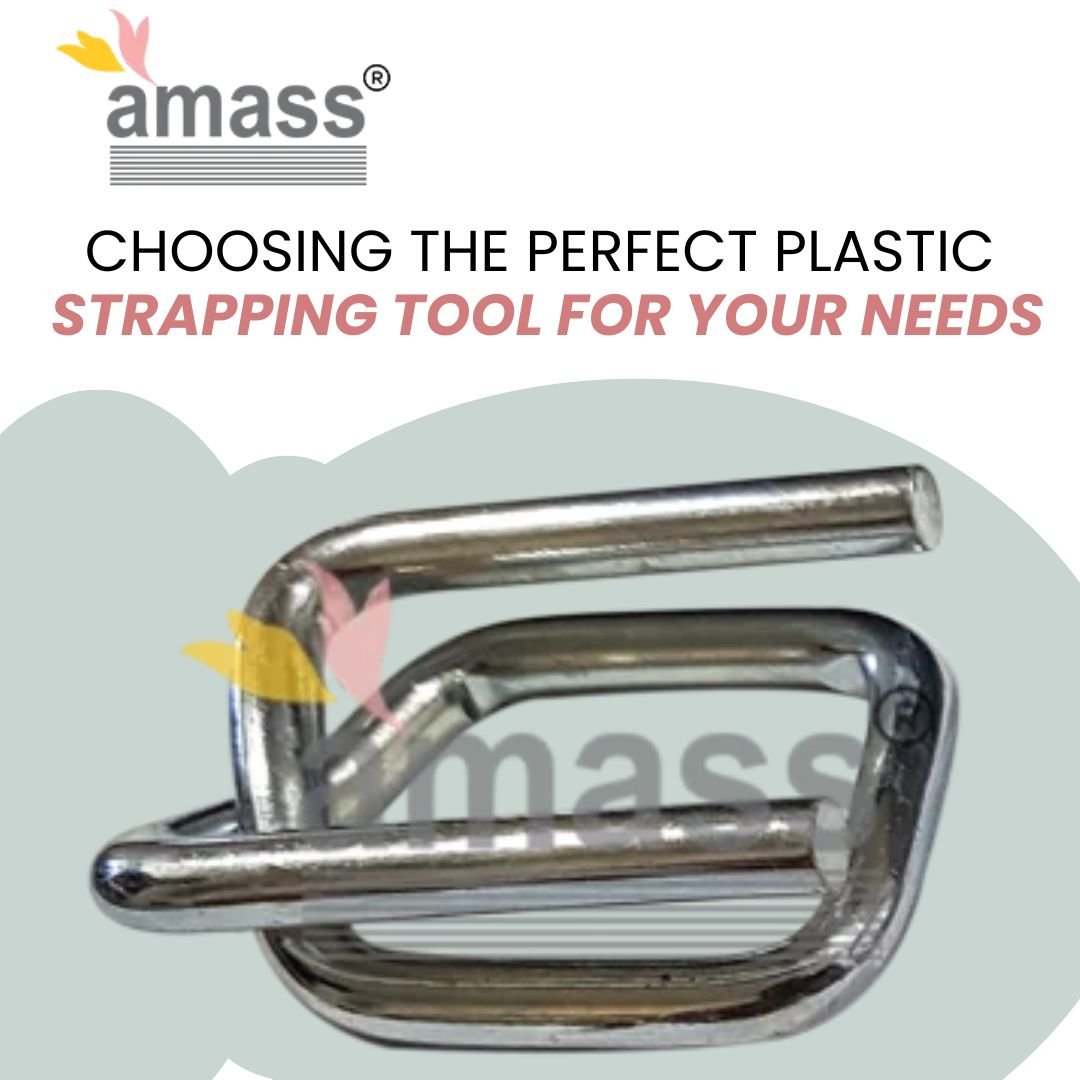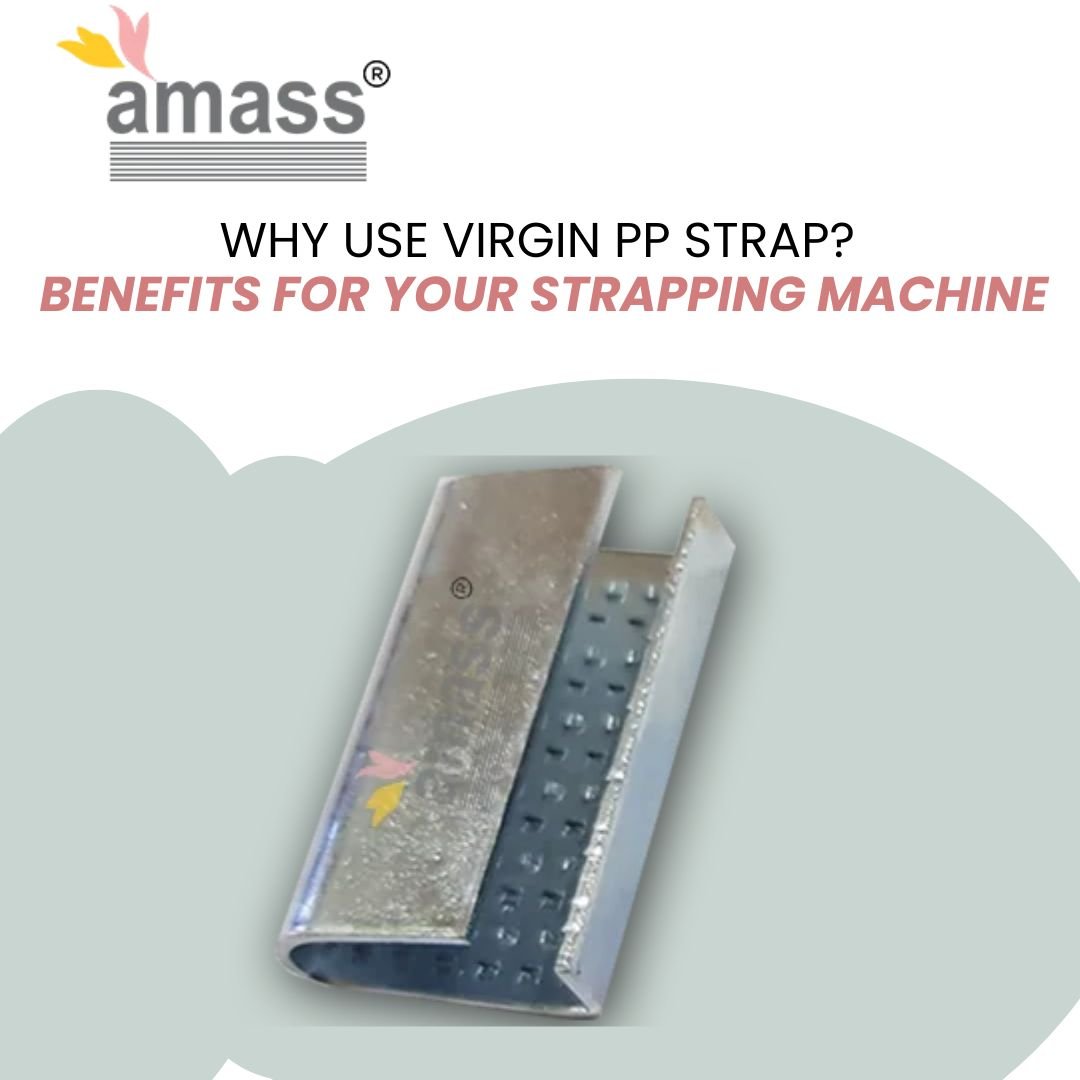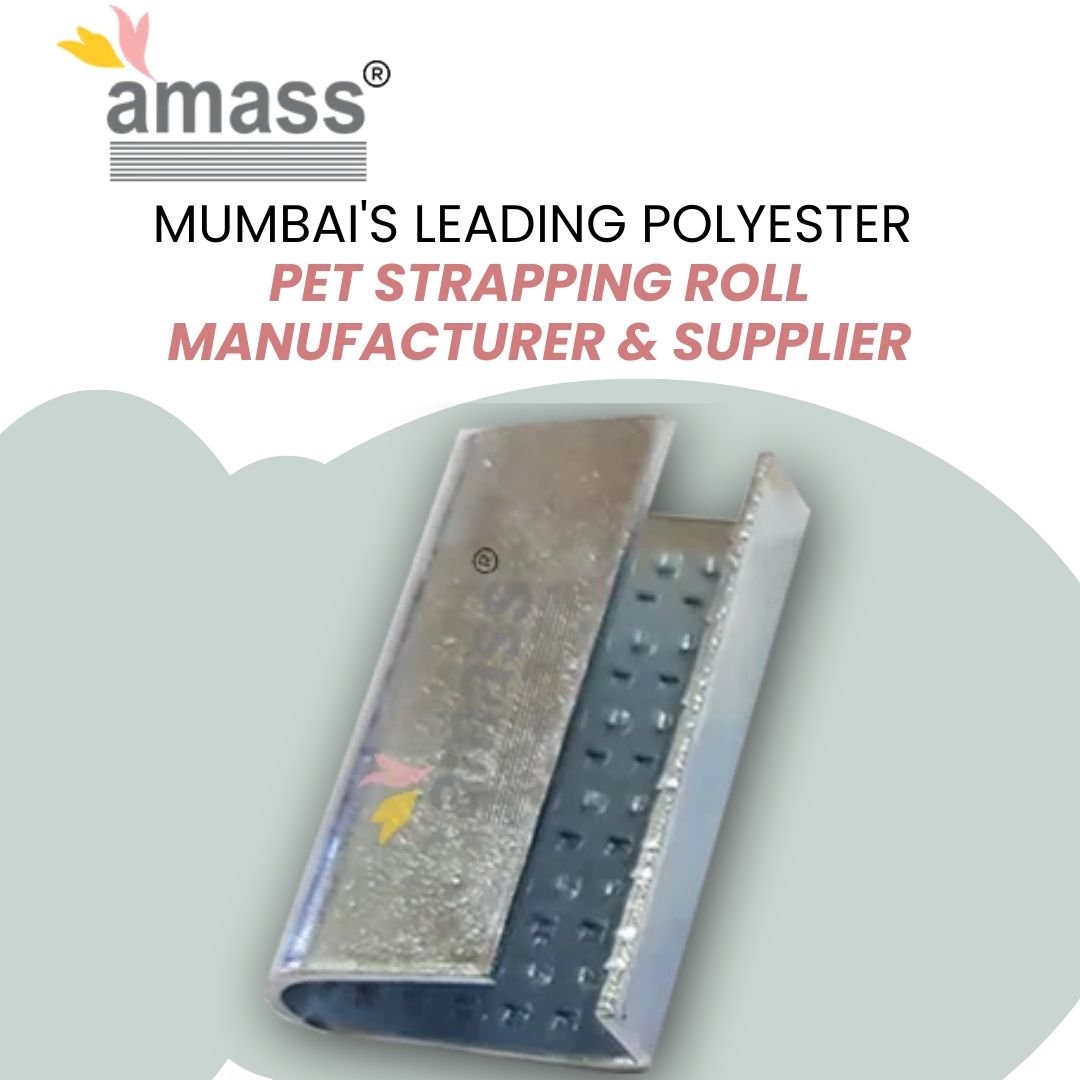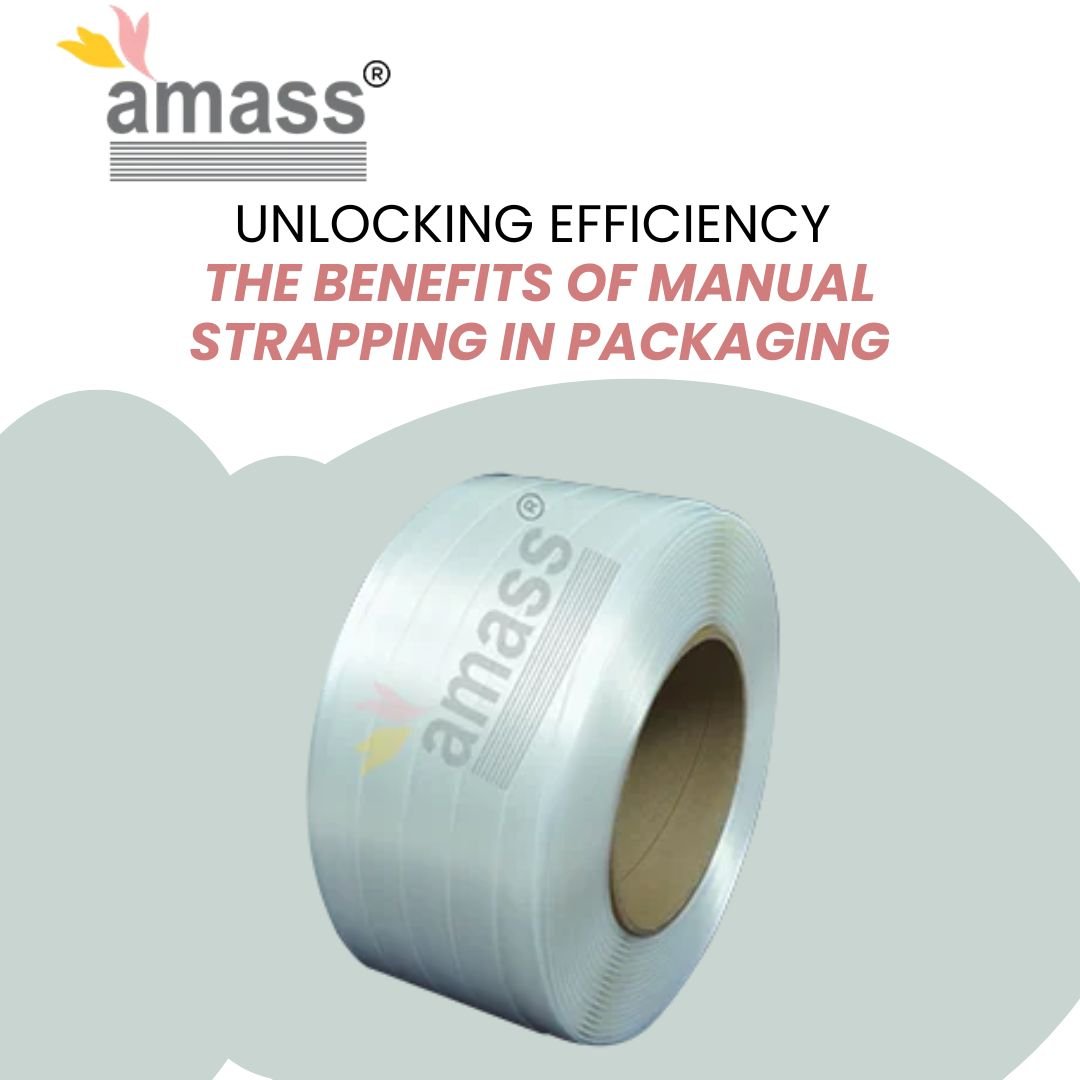Choosing the Perfect Plastic Strapping Tool for Your Needs

3 Types of Strapping Material and Their Uses
July 10, 2025
Unlocking Efficiency: The Benefits of Manual Strapping in Packaging
July 22, 2025The Strapping Machine Market was valued at 3.75 USD Billion in 2024 and is expected to reach 6.13 USD Billion by 2034, exhibiting a CAGR of 5.32% during the forecast period (2025-2034). Yet behind this growth lies a troubling reality: 73% of shipping damage stems from inadequate strapping, and 40% of that traces back to tool-strap mismatches.
The math is brutal. A single pallet collapse costs an average of $1,200 in damaged goods, plus administrative overhead. Worker fatigue from poorly designed tools leads to 15% more strapping failures and 23% higher injury rates. Shipping delays from re-securing loads can trigger penalty clauses that dwarf the cost of proper tooling.
Here’s what logistics managers discover too late: choosing the right strapping tool isn’t optional—it’s the difference between profit and catastrophic loss. Amass Strap has built its reputation on delivering complete, certified strapping systems that eliminate these failure points, offering engineered solutions for plastic and cord strapping applications across every industry.
First Principles: Match Strap Type to Tool
The foundation of secure strapping lies in understanding material compatibility. Three core materials dominate the plastic strapping landscape, each demanding specific tooling approaches:
- Polypropylene (PP): The cost-effective choice for light to medium loads, requiring tools that can handle its flexibility without over-tensioning.
- Polyester (PET): Polyester strapping has a higher tensile strength than steel strapping. It also holds the tension for an extended period of time when compared to polypropylene strapping. This superior performance demands tools capable of applying and maintaining higher tension levels.
- Composite Cord: The game-changer that many companies overlook. Woven polyester strapping has become a popular alternative to steel due to several key benefits: High Tension Retention: Polyester strapping holds its tension longer on rigid loads compared to polypropylene, ensuring a secure hold throughout the transportation or storage process.
Amass cord strap represents the evolution of this technology—delivering exceptional tensile strength, chemical resistance, and non-snap behavior that makes it ideal for irregular or heavy loads where traditional plastic strapping fails.
Tool Class Deep-Dive: The Amass Advantage
The semi-automatic segment accounted for 49.0% of the global market share in 2022. But market share doesn’t tell the performance story. Here’s how tool classes align with real-world applications:
Manual Tensioner & Sealer
Application Volume: Low to Medium
Amass Flagship: Heavy-duty T-bar kit
Key Advantage: Rugged steel construction engineered for remote locations
Ideal Sectors: Construction, logistics, field packaging
These tools excel where power sources are unavailable but reliability is non-negotiable. Our T-bar kits feature ergonomic grip design that reduces operator fatigue by 30% compared to standard tools.
Pneumatic Combination Tool
Application Volume: Medium to High
Amass Flagship: Airsafe-700
Key Advantage: Consistent high tension without manual effort
Ideal Sectors: Foundries, steel plants, export operations
The Airsafe-700 delivers 1,500 lbs of consistent tension while reducing cycle time by 40%. Built for harsh industrial environments, it maintains performance in temperatures from -10°C to 60°C.
Semi-Auto Strapping Machine
Application Volume: High Volume
Amass Flagship: Flexi-Strap 1000
Key Advantage: Fast cycle time with consistent seal quality
Ideal Sectors: Warehouses, distribution hubs, manufacturing
Semi-automatic strapping machines are primarily driven by the estimated to grow at a CAGR of around 5.9% from 2024 to 2032. Our Flexi-Strap 1000 achieves 20-second cycle times while maintaining 99.8% seal reliability.
Application-Driven Selection: The Amass “4-Route” Framework
1. Road Transport
Challenge: Vibrations demand flexibility
Solution: Composite strapping with friction weld or heavy-duty buckles
Amass Recommendation: Cord strapping systems that absorb shock without losing tension
2. Rail & Ship Cargo
Challenge: Requires high tension and environmental resistance
Solution: Pneumatic or manual tools with heavy PET or cord strap
Amass Recommendation: Airsafe-700 with marine-grade cord strapping
3. Air Cargo
Challenge: Light loads with strict weight limits
Solution: PP strap with low-profile manual tools
Amass Recommendation: Lightweight T-bar kit optimized for PP applications
4. In-Plant Bundling
Challenge: Fast cycles and consistent quality
Solution: Semi-automatic machines with consistent-width PP or PET
Amass Recommendation: Flexi-Strap 1000 for maximum throughput
Total Cost & ROI Calculator
The real ROI story emerges when you factor in hidden costs:
Initial Investment: Manual tools ($200-500), Pneumatic ($2,000-4,000), Semi-auto ($8,000-15,000)
Strap Efficiency: Proper tools reduce strap waste by 15-25%
Labor Savings: Automated tools cut strapping time by 60-80%
Failure Prevention: Quality tools reduce shipping damage by 85%
Cord Strapping Advantage: Amass cord strapping systems deliver 20% lower total cost of ownership over 3 years through reduced material usage, fewer failures, and extended equipment life.
Maintenance, Safety & Ergonomics
5-Point Daily Checklist
- Tension Calibration: Verify consistent tension output
- Seal Integrity: Check heating elements and seal quality
- Strap Feed: Ensure smooth feeding without binding
- Safety Systems: Test emergency stops and guards
- Lubrication: Maintain moving parts per schedule
Ergonomic Excellence
Tool weight distribution, grip comfort, and safety shutoffs aren’t luxury features—they’re productivity essentials. Poor ergonomics cost 23% more in worker compensation and 31% higher turnover rates.
Amass After-Sales Excellence: 24-hour response time, remote diagnostics capability, and comprehensive training programs ensure your investment keeps performing.
Case Studies: Success in the Field
Case Study 1: Pune Auto Parts Exporter
Challenge: High breakage rates during international shipping
Solution: Switched to Amass cord strapping system
Result: 78% reduction in damage claims, 45% decrease in rework time
“The cord strapping handles our irregular loads better than anything we’ve tried. Zero snap failures in 6 months.” – Operations Manager
Case Study 2: Raipur Steel Service Center
Challenge: Pneumatic tool downtime causing bottlenecks
Solution: Implemented Airsafe-700 with predictive maintenance
Result: 99.2% uptime, 35% reduction in strapping labor
“The consistency is remarkable. Every strap gets the same tension, every seal is perfect.” – Plant Supervisor
Decision Flowchart: What Tool Should You Use?
Load Type → Volume → Environment → Strap Type → Recommended Tool
- Light/Regular → Low Volume → Indoor → PP → Manual T-bar
- Heavy/Irregular → Medium Volume → Outdoor → Cord → Pneumatic Airsafe-700
- Standard/High Volume → Indoor → PET → Semi-auto Flexi-Strap 1000
Buyer’s Checklist & Vendor Vetting
Critical Questions Before You Buy:
- Is complete tensile data available for your strap-tool combination?
- What’s the guaranteed turnaround time for spare parts?
- Is comprehensive on-site training included?
- Are calibration certificates provided?
How Amass Exceeds Every Benchmark:
- Complete technical specifications with third-party testing
- 48-hour parts guarantee for standard components
- Comprehensive training programs with certification
- Full calibration and compliance documentation
Innovation & Future Trends
The strapping industry stands at a technology inflection point. Cord strapping with sustainable materials represents the next evolution, while smart tension sensors and digital audit trails transform quality control.
Amass R&D Pipeline: We’re building the next-generation strapping ecosystem with IoT integration, predictive maintenance, and sustainability at its core.
Conclusion: Strap Smart, Ship Safe
The strapping tool market will continue its growth trajectory, but success belongs to companies that understand the critical relationship between tool selection, material compatibility, and application requirements.
Your choice isn’t just about securing loads—it’s about securing your reputation, your margins, and your competitive position. The companies that recognize this difference don’t just survive supply chain disruptions; they thrive because they’ve engineered failure out of their operations.
